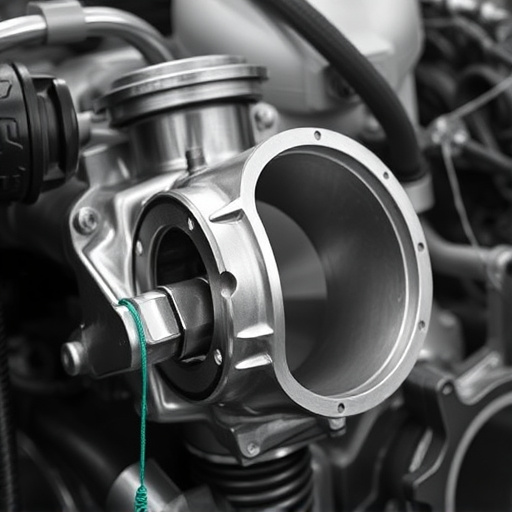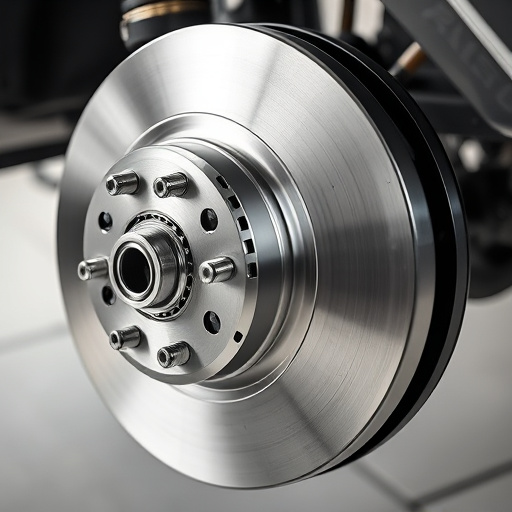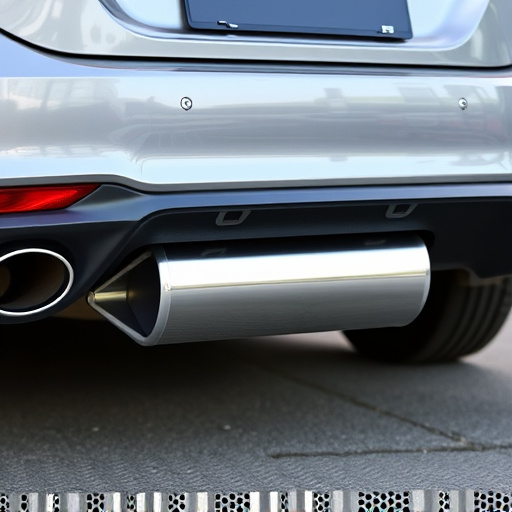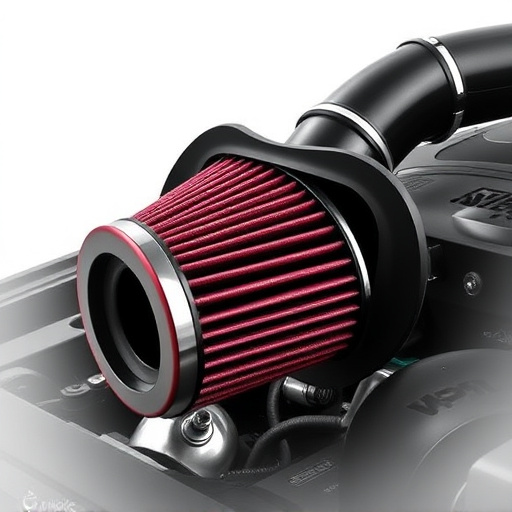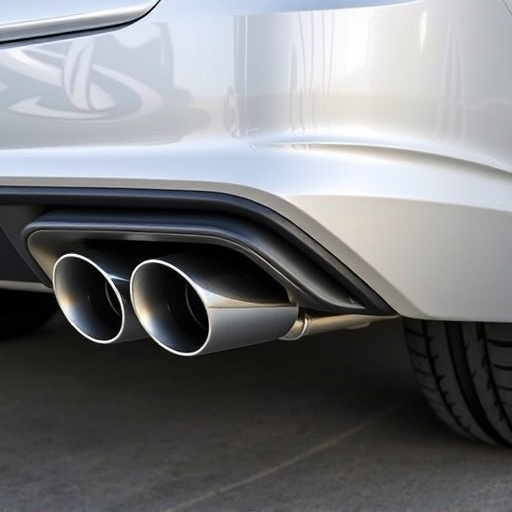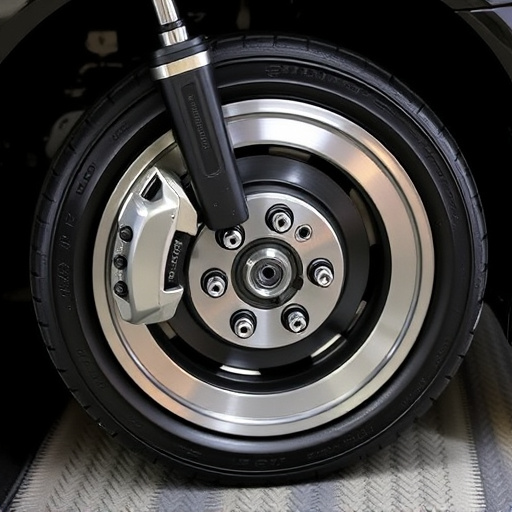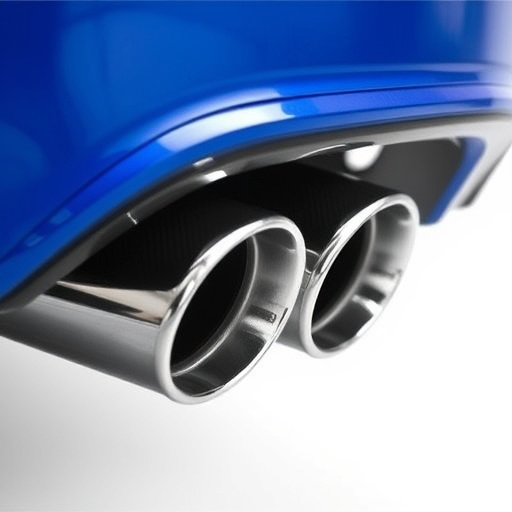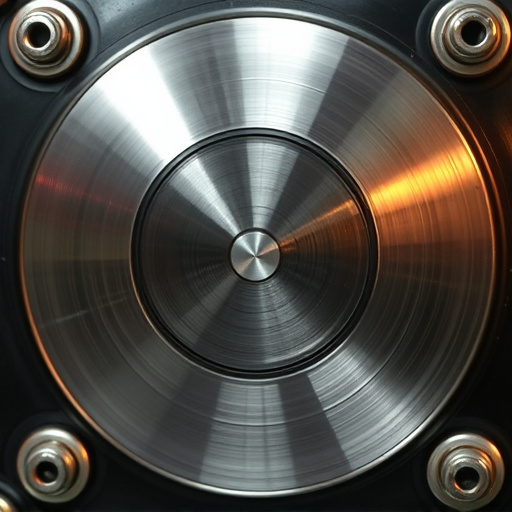Installing a straight pipe exhaust on off-road vehicles offers improved performance through better airflow and reduced backpressure, especially at high RPMs. It provides a quieter yet aggressive sound and seamlessly integrates with other upgrades. This guide offers a step-by-step installation process, emphasizing proper alignment and post-installation testing. Balancing performance gains with legal compliance is crucial; investing in quality components ensures both optimal performance and emission standards adherence.
“Unleash the raw power of your off-road vehicle with a Straight Pipe Exhaust system—a direct path to enhanced performance. This article delves into the design, benefits, and practical aspects of these unplugged exhaust solutions. We’ll guide you through installation, offer maintenance tips for off-road enthusiasts, and explore legal considerations while maximizing efficiency. Discover how straight pipe exhausts revolutionize your driving experience, providing both raw sound and improved engine output.”
- Understanding Straight Pipe Exhaust Systems: Their Design and Benefits
- Installation and Maintenance: A Step-by-Step Guide for Off-Road Enthusiasts
- Legal Considerations and Performance Upgrades: Maximizing Efficiency Legally
Understanding Straight Pipe Exhaust Systems: Their Design and Benefits

Straight pipe exhaust systems are a popular choice among off-road enthusiasts looking to enhance their vehicle’s performance and aesthetics. Unlike traditional exhaust systems that feature complex bending and muffling components, straight pipes maintain a simple, direct flow from the engine to the rear end. This design offers several advantages.
Firstly, straight pipes allow for better airflow, reducing backpressure in the exhaust system. This results in improved engine breathing and increased power output, particularly at high RPMs. Additionally, their lack of mufflers makes them quieter during normal driving conditions, appealing to those who prefer a more raw and aggressive sound. Moreover, these systems often integrate seamlessly with other performance upgrades, such as high-flow performance air filters and enhanced suspension components, further optimising the overall vehicle performance.
Installation and Maintenance: A Step-by-Step Guide for Off-Road Enthusiasts

Installing a straight pipe exhaust on your off-road vehicle or truck can significantly enhance performance and improve overall driving experience. Here’s a step-by-step guide for off-road enthusiasts looking to make this modification. Begin by ensuring proper tools are at hand, including wrenches, sockets, and any required hardware specific to your vehicle model. Next, locate the exhaust system components, typically found in the undercarriage. Carefully remove the existing exhaust system, taking note of connections and routing. This involves detaching the muffler, catalytic converter (if equipped), and pipes from their mounts using appropriate tools.
Once the old parts are removed, install your straight pipe exhaust system according to the manufacturer’s instructions. Align the new exhaust pipes with the engine’s output and secure them in place with provided hardware. Remember, proper alignment is crucial for optimal performance and to avoid potential damage. After installation, test drive your vehicle to ensure all components function correctly and no leaks are present. Regular maintenance includes inspecting gaskets and seals for wear or damage, as well as checking for any loose connections that could compromise exhaust flow. Incorporating a straight pipe exhaust, paired with high-performance parts like cold air intakes and coilover kits, can elevate your off-road vehicle’s capabilities, making it more responsive and capable of tackling challenging terrains.
Legal Considerations and Performance Upgrades: Maximizing Efficiency Legally

When considering a straight pipe exhaust system for your off-road vehicle or truck, it’s crucial to balance performance upgrades with legal considerations. While straight pipe exhausts offer unparalleled power and efficiency gains by eliminating restrictions in the exhaust flow, they must adhere to strict emission standards set forth by regulatory bodies. In many regions, modifying exhaust systems without proper certifications can lead to legal penalties and issues during vehicle inspections.
To maximize both efficiency and legality, focus on high-quality components that ensure optimal performance while meeting emission requirements. Upgrading intake components, such as air filter kits, and enhancing suspension kits can further contribute to overall vehicle performance, but always ensure these modifications are compliant with local regulations.
Off-road vehicles and trucks can greatly benefit from straight pipe exhaust systems, offering both performance improvements and a unique aesthetic. By understanding the design, installation process, and legal considerations, enthusiasts can unlock the full potential of these systems while adhering to regulations. With proper care and maintenance, straight pipe exhausts ensure reliable operation and enhance the overall driving experience, making them a popular choice for those seeking an optimized and distinctive vehicle setup.




